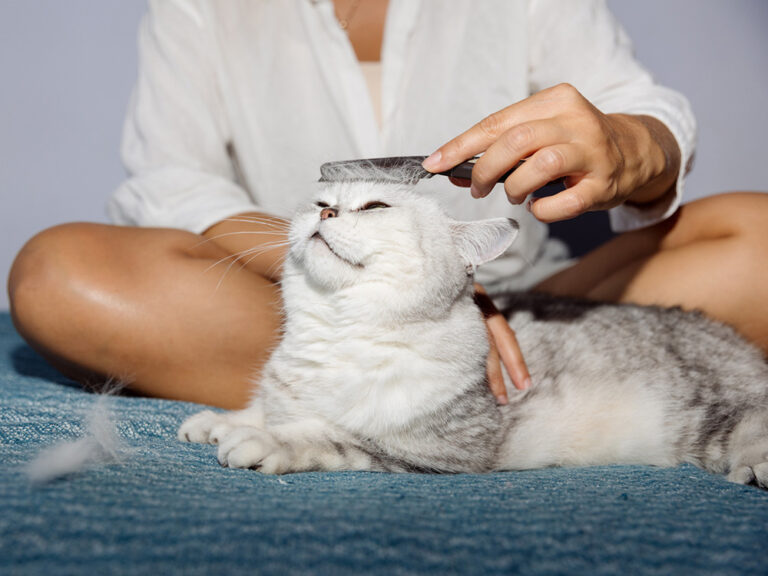This article explores the appearance of fleas on cats and how to recognize them. It also offers insights into the indications of a flea infestation and emphasizes the significance of flea prevention and treatment.
Fleas are small, wingless insects with a reddish-brown hue. They possess flat bodies and are approximately the size of a pinhead. These pesky creatures have long hind legs that enable them to leap onto their feline hosts.
When it comes to identifying a flea infestation on cats, there are several telltale signs to watch out for. Cats may exhibit excessive scratching, biting, and grooming as a result of flea activity. Additionally, they may develop red, inflamed skin and small red bumps. Flea dirt, resembling black pepper flakes, may also be visible on the cat’s fur.
Preventing fleas is crucial for the overall health and well-being of cats. Regular grooming, vacuuming, and washing bedding can help control flea populations. Various treatment options are available, including topical flea medications, oral medications, and flea collars. To determine the most effective prevention and treatment plan for your cat, it is advisable to consult with a veterinarian.
Flea Appearance

When examining a cat for fleas, it’s important to keep in mind that these pests are skilled at hiding in the fur and moving quickly. They can easily go unnoticed until they become a full-blown infestation. Fleas are masters of disguise, blending in with the cat’s coat due to their reddish-brown color. Their flat bodies also help them maneuver through the fur, making it difficult to spot them at first glance.
To effectively identify fleas, it’s helpful to part the cat’s fur and look closely at the skin. Fleas can often be seen scurrying around or jumping away. Another telltale sign of fleas is the presence of flea dirt, which looks like tiny black pepper flakes. This is actually flea feces and is a clear indication of an infestation. If you suspect your cat has fleas, it’s crucial to take action immediately to prevent further discomfort and potential health issues.
Signs of a Flea Infestation

In addition to scratching, cats may develop red, inflamed skin and small red bumps on their body. Flea bites can cause an allergic reaction in some cats, resulting in redness and swelling. If you notice any unusual skin changes on your cat, it’s important to investigate further for a possible flea infestation.
Another telltale sign of fleas is the presence of flea dirt. Flea dirt is actually flea feces and looks like black pepper flakes. It may be visible on your cat’s fur, especially around the neck, back, and tail areas. To check for flea dirt, you can use a fine-toothed comb and comb through your cat’s fur, paying close attention to the base of the hair shafts. If you see small black specks that turn reddish-brown when moistened, it’s likely flea dirt.
It’s important to take action if you suspect a flea infestation on your cat. Not only can fleas cause discomfort and irritation for your furry friend, but they can also lead to more serious health issues if left untreated. Consult with your veterinarian for the best course of action to treat and prevent fleas in your cat.
Flea Prevention and Treatment

When it comes to treatment options, there are several effective methods available. Topical flea medications are applied directly to your cat’s skin and provide long-lasting protection. These medications kill fleas on contact and prevent them from reproducing. Oral medications, on the other hand, are ingested by your cat and work from the inside out. They target fleas at all stages of their life cycle and provide comprehensive protection.
Another popular option is the use of flea collars. These collars release chemicals that repel and kill fleas. They are easy to use and offer continuous protection for your cat. However, it’s important to choose a collar that is safe and effective for your specific cat. Consulting a veterinarian is crucial in determining the best prevention and treatment plan for your cat’s individual needs.
Remember, prevention is key when it comes to fleas. By taking proactive measures and seeking professional advice, you can ensure your cat remains flea-free and healthy. So, don’t wait for a flea explosion to occur. Take action now and protect your furry friend from these pesky parasites!
